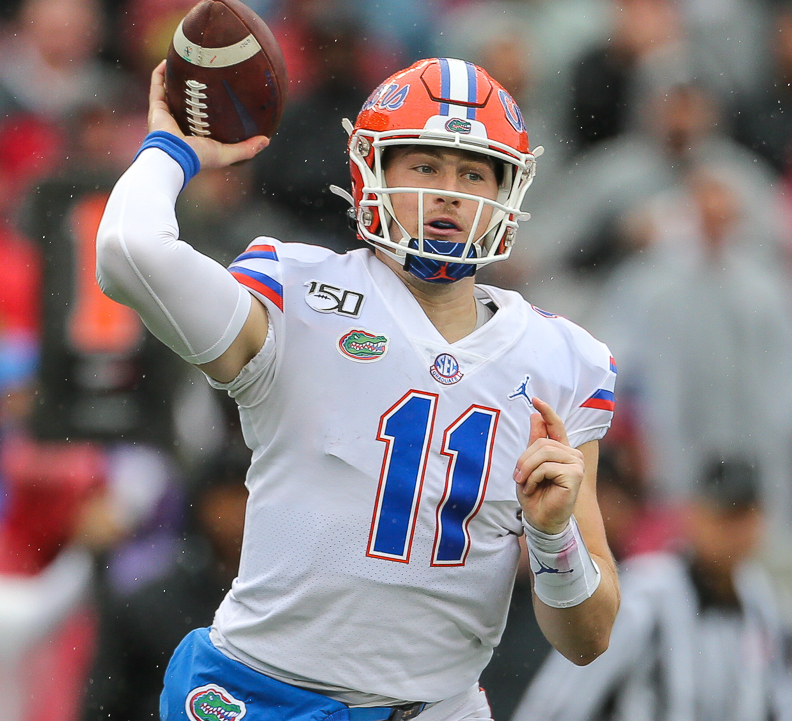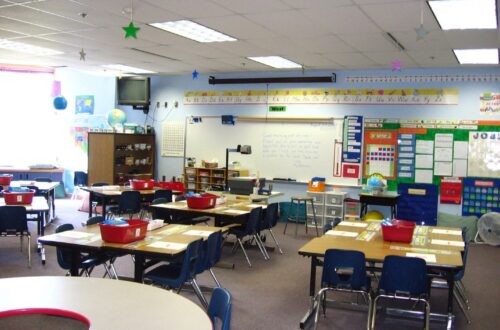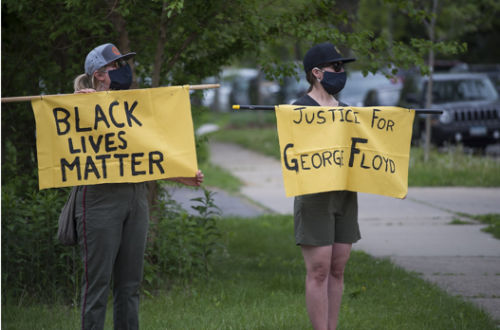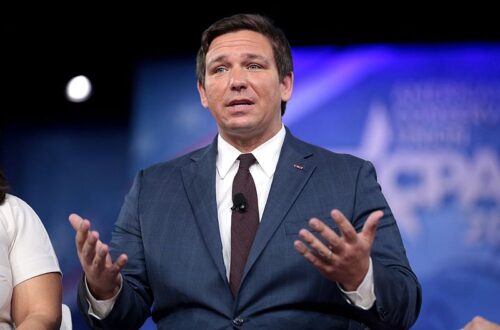The world of college sports was changed dramatically this summer when the National Collegiate Athletic Association’s Board of Directors announced athletes would be able to benefit from their name, image, and likeness, a monumental policy shift after decades of stringent rules preventing any kind of profit for college athletes.
The announcement came after a string of state and federal policy changes and mounting public opinion against the NCAA’s rules. Several states, including Florida, enacted legislation allowing athletes to benefit from their name and likeness, and the U.S. Supreme Court ruled in NCAA v. Alston (2021) that the association had violated federal antitrust law by denying players NIL rights and preventing schools from providing non-cash compensation to players.
The National Labor Relations Board is the latest public body to join the legal onslaught against the NCAA’s rules regarding athlete rights — or lack thereof — which ostensibly exist to protect amateurism in college sports.
In a memo, NLRB general counsel Jennifer Abruzzo affirmed the position that “Players at Academic Institutions” are employees and therefore entitled to all statutory protections. She says she avoids the term “student athlete” since it has historically been used by the NCAA to deny labor rights.
The memo considered a failed attempt by Northwestern University football players to unionize in 2015. After over a year of deliberations and support from the NLRB’s midwestern regional body, the national board declined to assert jurisdiction over student athletes. However, in light of NCAA v. Alston, Abruzzo is reassessing the board’s position.
“The regional office looked at several factors to determine whether someone is an employee or not,” Dr. Cyntrice Thomas, assistant professor and graduate coordinator in the Department of Sport Management at the University of Florida, told the Florida Political Review. “I would imagine [Abruzzo] is basing it on those factors, and the amount of control that not only a university or a conference may have over an athlete, but also the NCAA.”
The idea that college athletes are employees of not only their schools but also the NCAA and the conferences adds a whole new dimension to the debate over student athletes’ labor rights, and potentially offers a new, straightforward path to unionization.
The idea was tucked into a footnote at the very end of Abruzzo’s memo, but it may end up being the most consequential piece.
“Because Players at Academic Institutions perform services for, and subject to the control of, the NCAA and their athletic conference, in addition to their college or university,” the general counsel writes, “in appropriate circumstances I will consider pursuing a joint employer theory of liability.”
The joint employer theory is important because of how and why the NLRB punted away the Northwestern effort six years ago.
“The NLRB does not have jurisdiction over public universities,” Thomas explains, “and that could become an issue when you think about a school like UF.”
Northwestern players attempted to unionize within their school, which is private, and therefore falls under the jurisdiction of the NLRB. The board does not oversee public sector unions though, which athletes at state universities — including Florida, Florida State, and several of the nation’s largest Division 1 athletic programs — would belong to. In 2015, the board felt the issue was too complex to consider at the time.
However, if the joint employer theory of liability was pursued, there would not be an issue of jurisdiction since a conference is an “independent, private entity” even if its member schools are state institutions. Thus, the NLRB would be able to oversee that kind of unionization, as Abruzzo suggests she supports.
Thomas believes the most impactful student athlete union would be one across the NCAA but notes that the association remains openly opposed to the idea, despite their recent string of losses in court.
“They’re definitely going to be resistant, and I don’t know if that’s the best approach for them strategically,” she says. “They may actually be able to protect themselves if they do recognize student athletes as employees.”
Conferences are even harder to predict since there are so many of them across different sports and divisions and across regions and states of the country with vastly different labor laws and standards. However, Thomas says they have also generally shown more leniency and accommodation to the wants and needs of the athletes and may be more open to unionization.
Some of the nation’s largest and most distinguished college athletic programs are in Florida, a state that is not historically friendly to the labor movement. Notably, most of these programs are at the state’s public universities.
Gov. Ron DeSantis, R-Florida, himself a former Division 1 baseball player at Yale, has been a vocal advocate for players’ rights.
“This is common sense policy that is long overdue,” the Republican governor said when signing SB 646 in 2020, “and I’m proud that Florida has been a driving force behind the conversation for fairness in college athletics.”
However, DeSantis and his Republican allies are not particularly known to be champions of organized labor. It remains to be seen whether his outspoken advocacy for “fairness in college athletics” would extend to their unions, a battle that seemingly looms on the horizon.
Despite the possibility of national or regional organization, the schools remain the most fundamental unit of organization and also have the most to consider when it comes to their athletes’ employment status. This means campuses across Florida will be battlegrounds in the college athlete labor movement, a movement whose form is yet to take shape.
“It could mean changes in how student athletes are classified,” Thomas concludes. “Maybe they are student employees, so would this be considered work study? There are a lot of unknowns about this.”
Check out other recent articles from Florida Political Review here.
Featured image: Quarterback Kyle Trask of the University of Florida throws a pass during a football game in 2019. Unmodified photo by GamecockCentral used under a Creative Commons license. (https://bit.ly/3aPOaDr)





